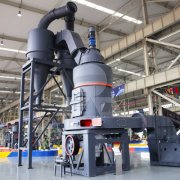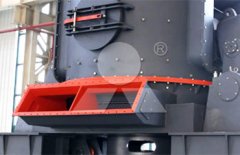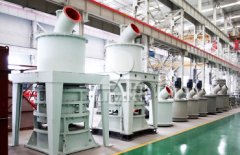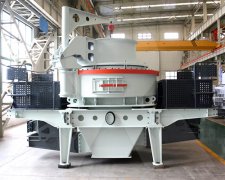The diagram and working principle of a vertical mill
The vertical mill, also known as a vertical grinding mill, is a large-scale, high-output, energy-saving grinding product developed through in-depth research and development, combining new material bed grinding and partial external circulation technologies, and considering the practical market situation. It is widely used in industries such as cement, building materials, metallurgy, chemicals, and non-metallic minerals. This article provides a detailed introduction to its structure, working principle, parameter models, and prices.
The vertical mill integrates grinding, classification, drying, and conveying into one unit. It has a simple process flow and can grind block, granular, and powder materials into the desired powdered materials. It has a compact layout, occupies a small area, can be arranged in the open air, and reduces construction costs.
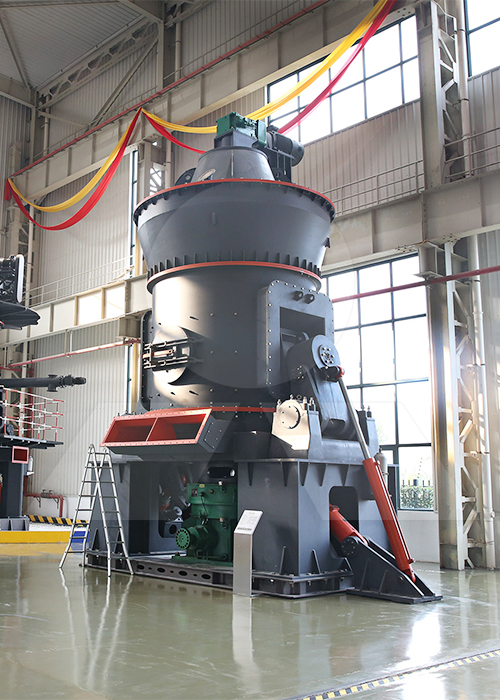

The main motor drives the grinding disc through a reducer. The fixed grinding rollers rotate around the grinding disc. The material falls from the feed inlet into the center of the grinding disc. Under the action of centrifugal force, the material moves uniformly from the center of the grinding disc to the edge. When passing through the grinding roller, the material is subjected to the grinding pressure. The grinding force is provided by the hydraulic loading system. Large-sized materials are directly crushed, while fine particles are compressed to form a material bed for inter-particle crushing.
Drying and grinding occur simultaneously. Hot air enters the area around the grinding disc uniformly through an air ring. It dries the pulverized materials that have been rolled off the grinding disc and conveys them to the upper powder selection machine. With the action of the rotor blades, coarse particles return to the grinding disc for grinding (internal circulation), and qualified fine powder is discharged from the mill with the airflow and collected by the system's powder collector as the final product. A small portion of difficult-to-grind and larger particles, impurities, etc., which cannot be lifted by the airflow, falls to the lower air chamber of the mill through the air ring and is discharged from the mill by the scraper device or re-ground by the vertical mill after entering the mill through the feed inlet (external circulation).
Recommended news

